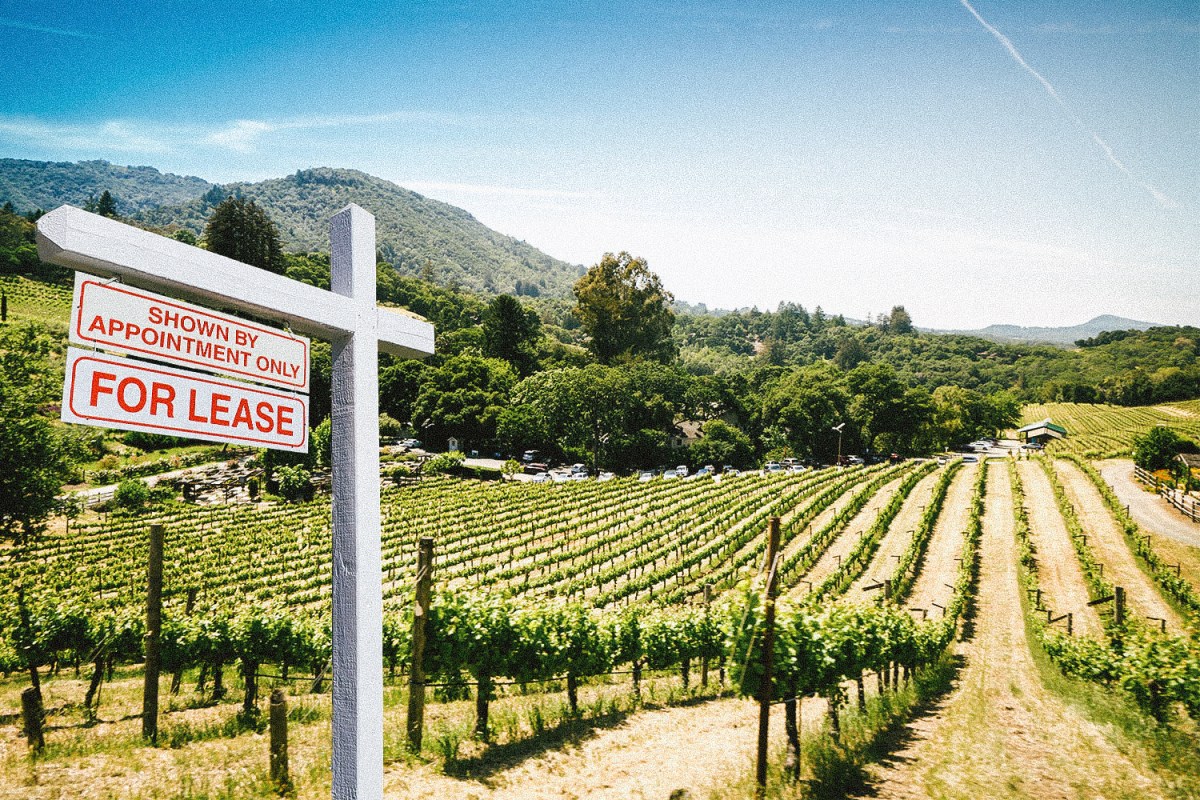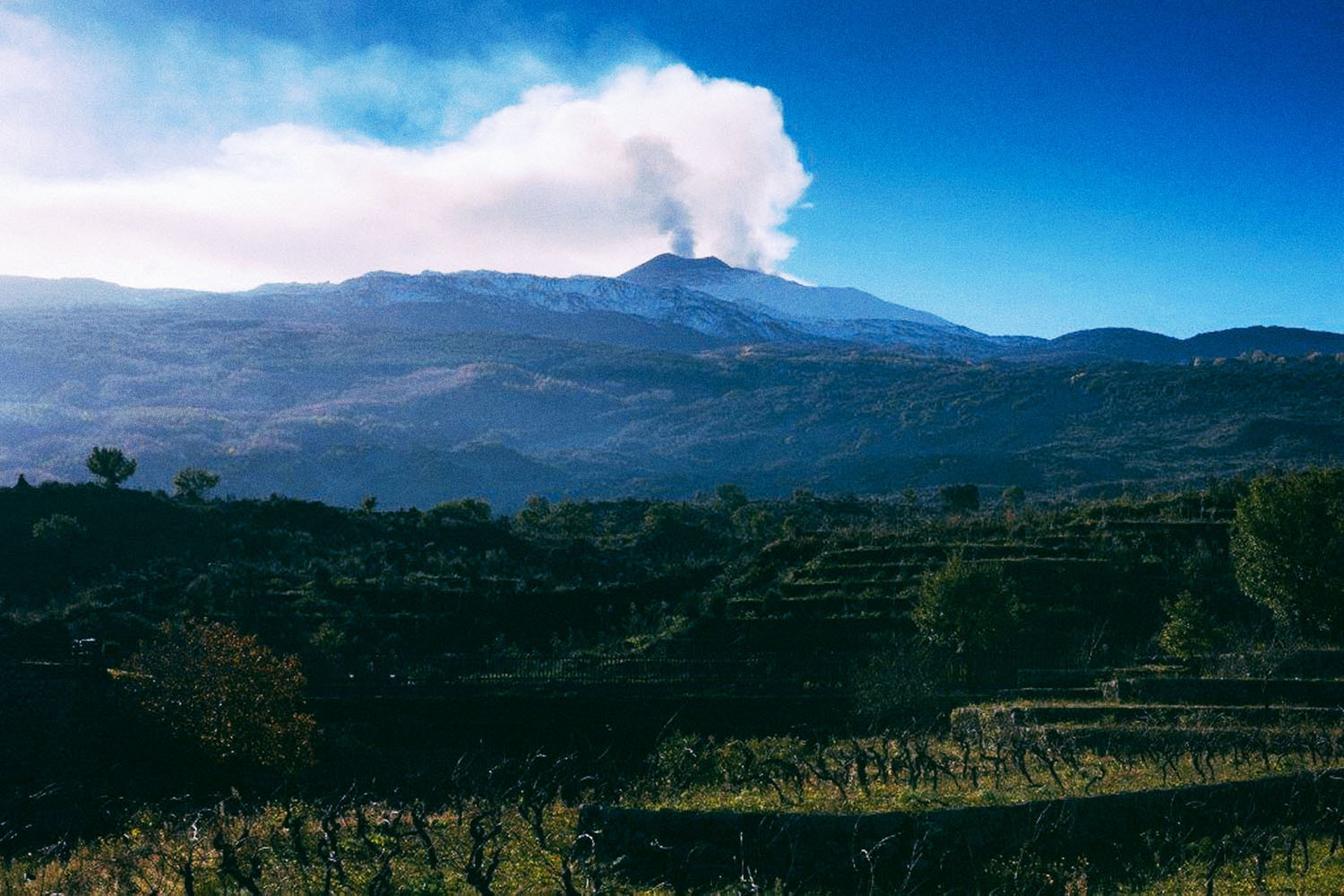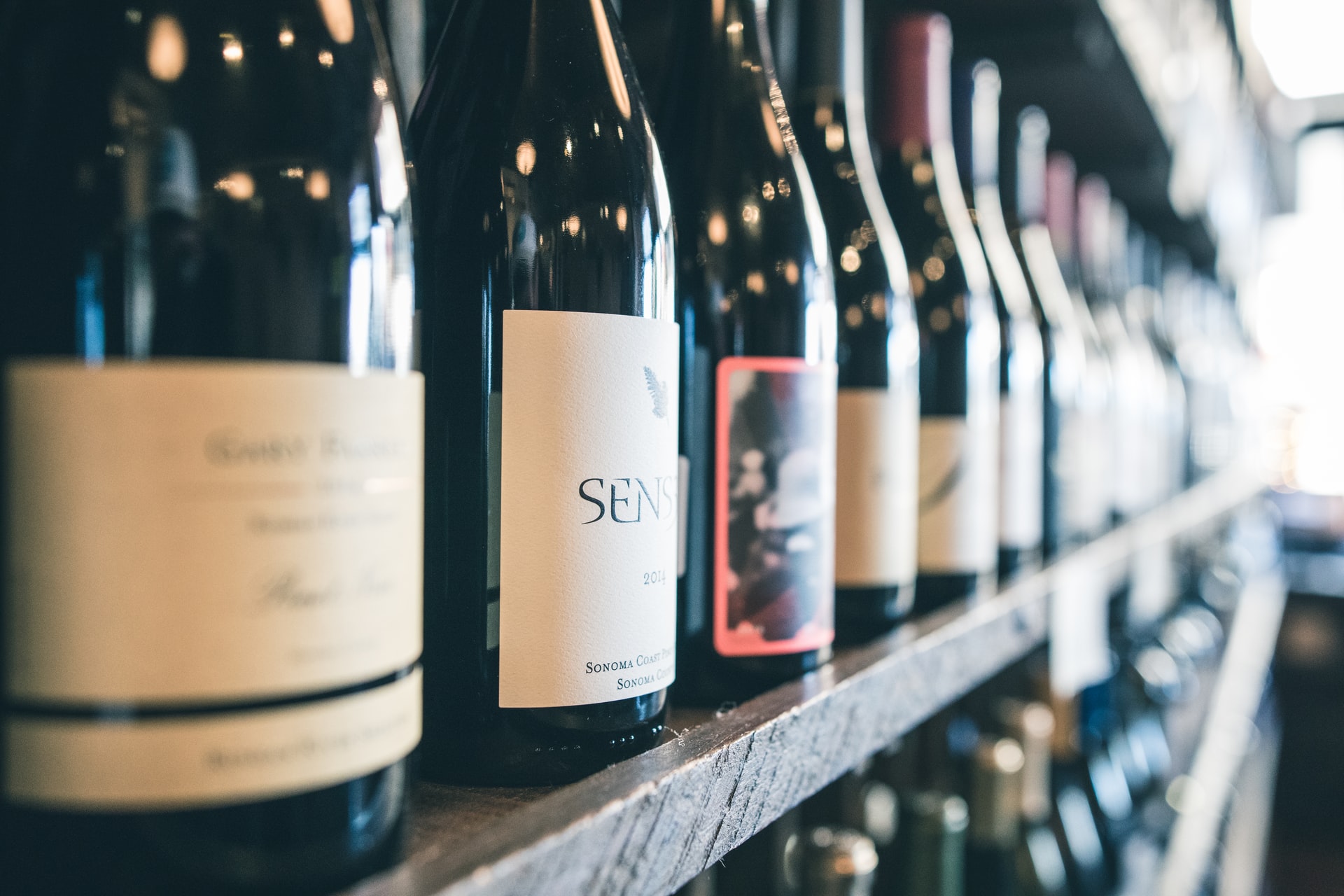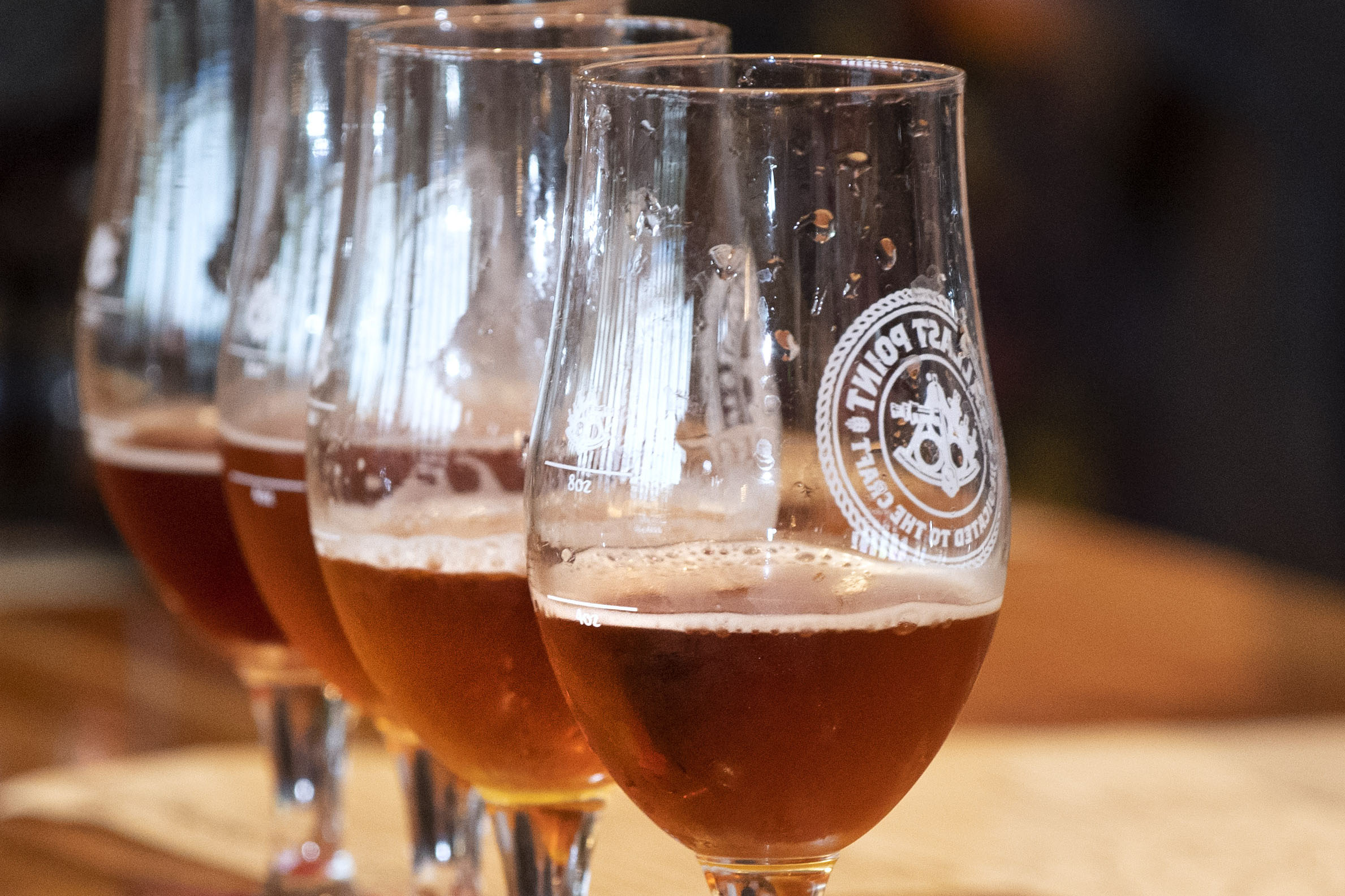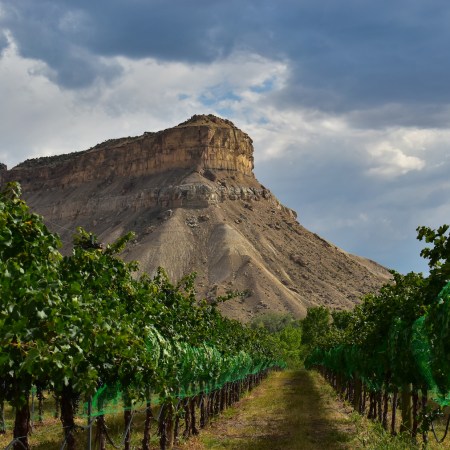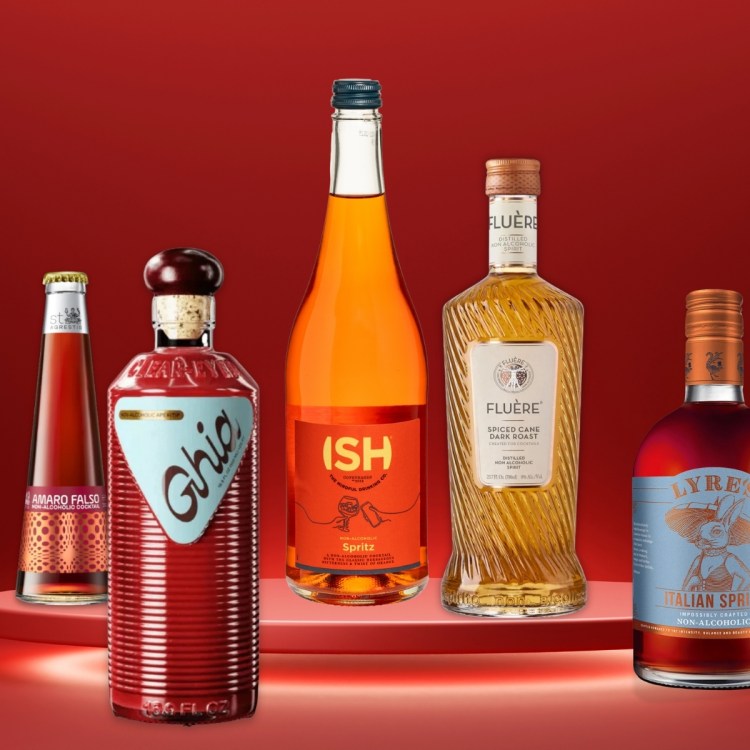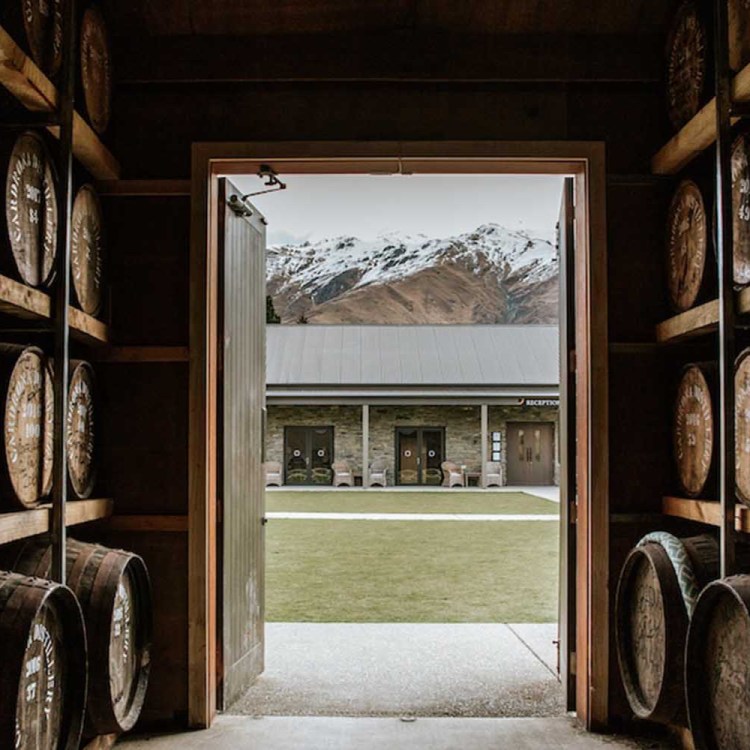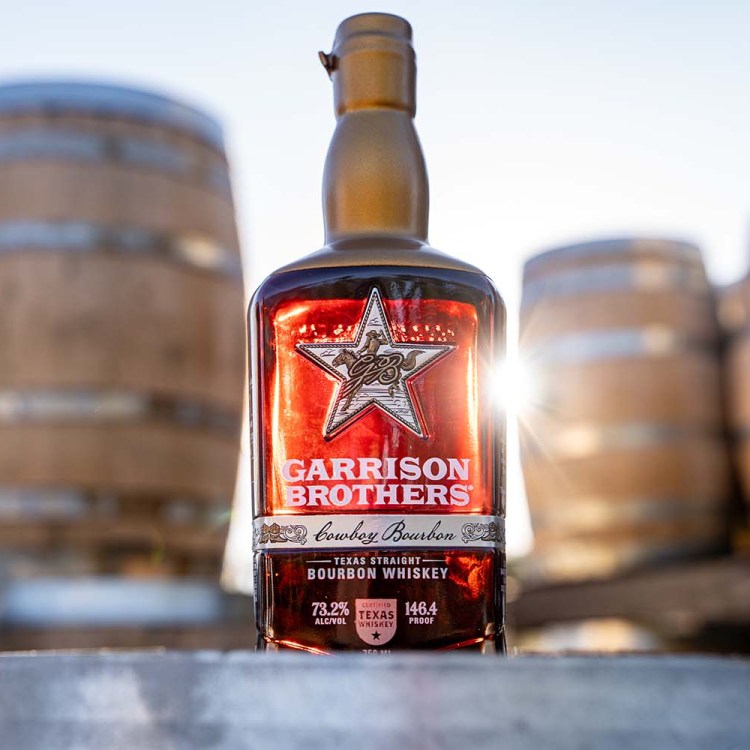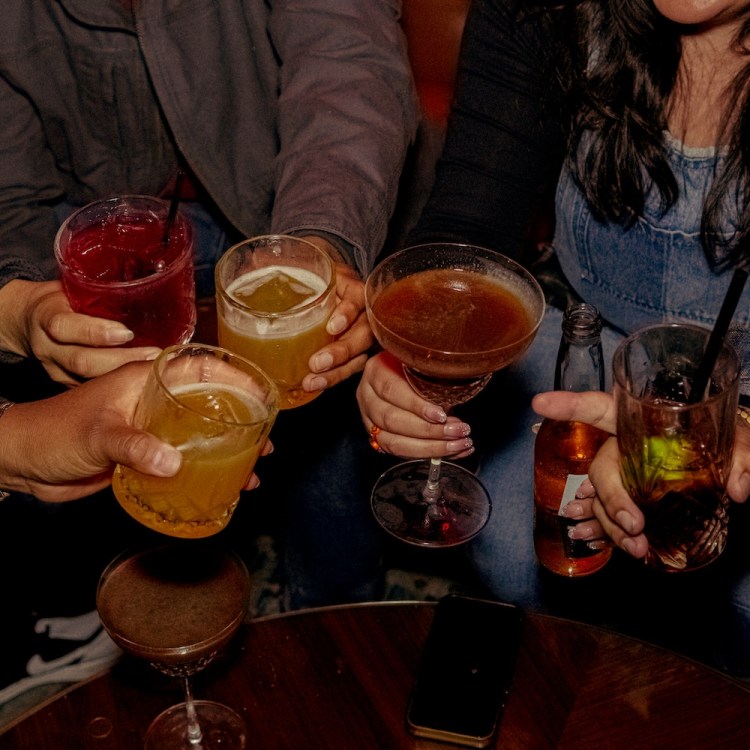Wine is not a cheap hobby.
Bottles from Piedmonte, the Mosel and Napa can easily set you back hundreds, while pedigreed options produced by Screaming Eagle and Chateau Petrus can command far more than six figures — with prices skyrocketing from there if you’re willing to let it cellar for a decade or so. Not to mention the cost of cellar space, tastings, trips and certifications.
Willing to spend? One Napa Valley club offers members the chance to go beyond collecting and cellaring and step into the role of vintner — and at one of the world’s most prestigious plots.
Situated at the Southern end of Meadowood Resort and shrouded in exclusivity, Napa Valley Reserve has become a secretive destination for the West Coast’s well-to-do; Mark Zuckerberg and Bill Gates are rumored to pay their dues, while Kobe Bryant worked on bottlings there in the past. The Napa Valley Reserve “hosts the who’s who of Silicon Valley tech and venture capital,” as Melissa L. Smith, a certified sommelier and founder of Enotrias elite sommelier services, describes. (Note: Napa Valley would not comment for this piece.)
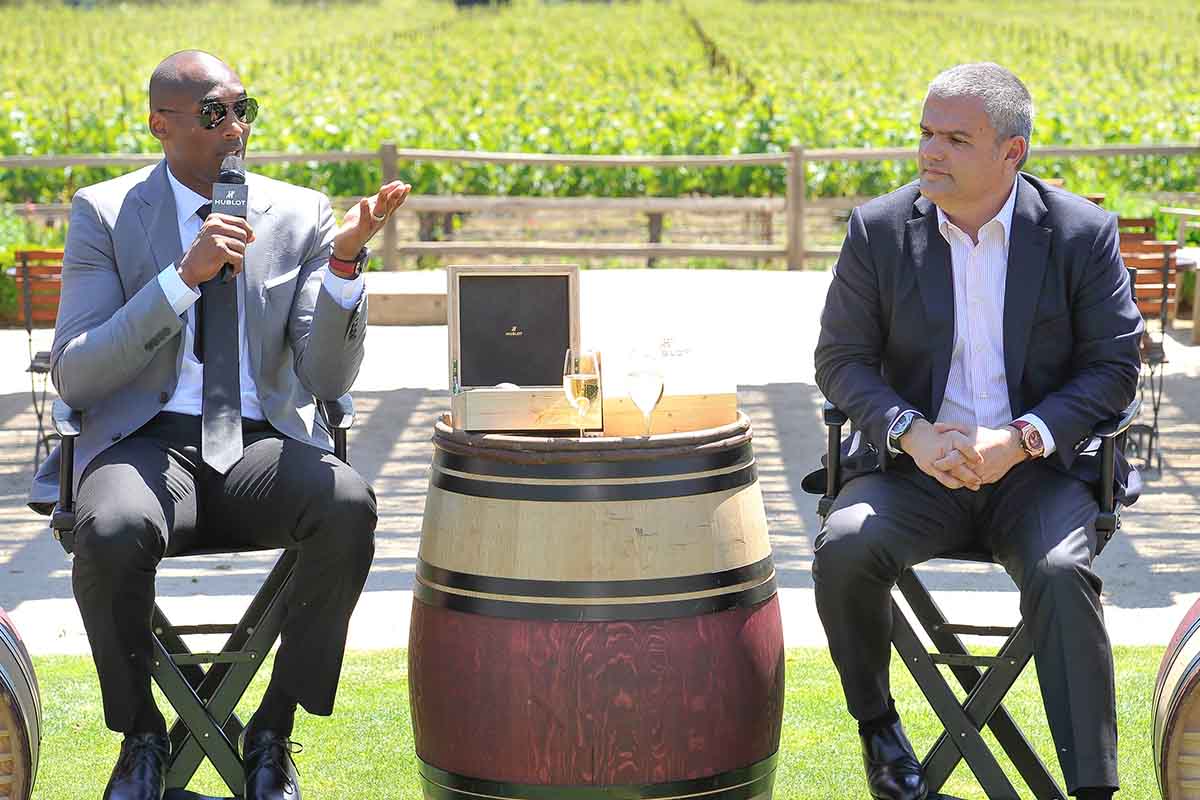
Founded by Napa icon Bill Harlan, the members-only St. Helena club offers one-percenters a place to dip their toes into the world of viticulture, learning to tend grapes, char barrels and design labels without footing the costs of owning a vineyard. All is done under the tutelage of winemakers Bob Levy (who can be credited with creating “first growth” Napa Cab) and Marco Gressi.
It comes at a cost: membership fees reportedly run upwards of $150,000. And not just anyone can pony up. Only those deemed interesting enough to share a bottle with Harlan and team earn access. (And a spot at Harlan’s table is already a coveted one. He’s one of the godfathers of cult California Cabernet and the proprietor and winemaker of Harlan Estates, Bond and Promontory.)
When Napa Valley Reserve launched in 2003, Harlan likened it to a private golf club, one where the “course” is a vineyard. Members can make three barrels of wine per vintage using Harlan’s coveted plots. “You can be as involved in the winemaking process as you like,” says Jen Saxby, a former sommelier at the adjoining Meadowood Resort and current wine specialist with Benchmark Wine Group.
During harvest, members can handpick and sort grapes before the sun rises and follow along in the fermentation and punch-down processes. Cabernet Sauvignon and Sauvignon Blanc is estate-grown, while blending grapes are sourced elsewhere.
In the winter, you can browse through barrel types and pick your desired toast. After aging, the winemaking team will help you develop your personal blends — aka testing and developing the flavors of your wines in the barrels. While your wine ages, a label designer will help craft a custom label. Summer months are spent naming your wine and selecting the size and shape of your bottle.
Of course, all of these activities depend on your interest and the amount of sweat equity you’d like to put into your bottle. Rather hold court on the restaurant patio than participate in a punch-down? That’s perfectly fine with them.
Other perks: Georg Riedel has been known to frequent the estate, running tasting classes out of his eponymous glasses. And outside of the physical flirtation with winemaking, members are also exposed to a wide range of educational activities, including everything from cooking to etiquette classes.
“When I worked at Meadowood, there were always events going on with celebrities, wine critics and winemakers at the Reserve,” says Saxby. “It is rare that I go into a cellar on the peninsula that does not contain at least one vintage of wine that was made at Napa Valley Reserve.”
This notion of custom wines can feel a bit like Build-a-Bear, offering passing tourists the opportunity to create their very own bottle to bring home and boast about to their friends — a souvenir from a summer in Napa.
But consider who’s behind it: Harlan family Cabernets are renowned, considered the regions’ finest expressions of the grape. “The winemaking team at Napa Valley Reserve is also the same team that crafts the highly-collectible Harlan Estate wines, with the same equipment used at that winery,” says Smith. Wines made at the Reserve are a luxurious Californian echo chamber, answering back Harlan’s acclaimed bottles with ones tweaked and doctored to your palate. You’re buying into an experience backed by unparalleled decorum and prestige.
If you are swayed by market power, bottles by Harlan and co. frequently track high three figures for most recent vintages (and climb skywards from there). “While it is tricky to place valuations on the bottles that are made at The Napa Valley Reserve, there is no question of the quality and age-ability,” says Smith. ”The Sauvignon Blancs I have tasted from the Reserve are some of the most opulent expressions of Napa Valley Sauvignon Blanc I have tasted; I even once had the pleasure of tasting a 2015 Reserve SB side by side by the illustrious Screaming Eagle Sauvignon Blanc.”
If you happen to snag an invite, the Reserve is a genuinely lovely place to spend an afternoon. “The grounds are perfectly manicured, gardens filled with produce utilized by the estate’s chef line the vineyards, and the buildings on the property are designed to give the members the most exclusive experiences,” says Smith. There are 25,000 square feet of wine caves, “stunning olive trees, plus a Howard Backen design that mimics Harlan Estates,” adds Saxby. “The exterior blends into the natural boundaries.”
Real winemakers likely roll their eyes at these luxuries — few can sink into a pedicure after a 12-hour day in the fields. Winemaking is a back-breaking job, defined by rigorous manual labor and deep education in viticulture. Yet members here can parlay their cash into a stint at making award-winning bottles. It’s voyeuristic — an insider’s hack to world-class winemaking. But would I do it in a heartbeat? Absolutely.
Every Thursday, our resident experts see to it that you’re up to date on the latest from the world of drinks. Trend reports, bottle reviews, cocktail recipes and more. Sign up for THE SPILL now.
